Science
Eggshell nanoparticles could lead to expanded use of bioplastic in packaging materials
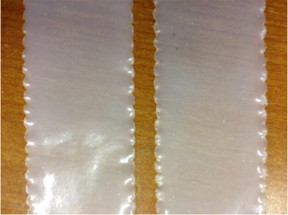
Adding eggshell nanoparticles to a bioplastic (shown above) increases the strength and flexibility of the material, potentially making it more attractive for use in the packaging industry.
- Read more
- 399 reads
Making electronics safer with perovskites: Scientists in Japan are developing methods to manufacture safer ceramic capacitors

A team of scientists from Hokkaido University and the multinational electronics company TDK Corporation in Japan has developed a method to improve the insulating properties of the oxynitride perovskite SrTaO2N for potential use as a ceramic capacitor.
- Read more
- 459 reads
Young Sun-like Star Shows a Magnetic Field Was Critical for Life on the Early Earth - See more at: https://www.cfa.harvard.edu/news/2016-06#sthash.YtOY5GLY.dpuf
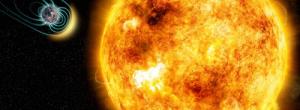
- Read more
- 356 reads
Sweet 'quantum dots' light the way for new HIV and Ebola treatment
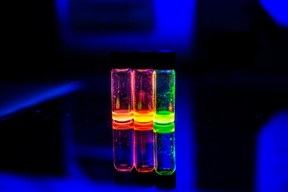
Quantum dots are fluorescent crystals in which the color of the emitted light is dependent on the size of the crystal.
- Read more
- 379 reads
Experimentation and largest-ever quantum simulation of a disordered system explain quantum many-particle problem
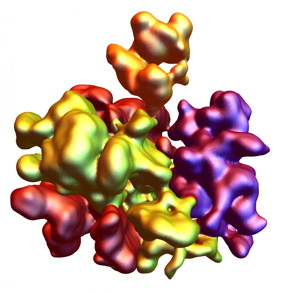
Figure illustrates puddles of localized quasi-condensates found using a quantum Monte Carlo simulation of trapped atoms in a disordered lattice. Individual puddles, consisting of 10-20 particles each, are incoherent relative to each other. The Bose glass is composed of these puddle-like structures.
- Read more
- 427 reads
Purification of Industrial Wastewater by Application of Ultrasound Waves, Oxide Nanoparticles Simultaneously
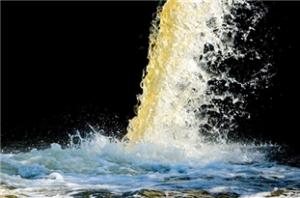
- Read more
- 391 reads
New Nanosorbent Detects Tiny Amounts of Anticancer Drugs in Body

- Read more
- 396 reads
Innovative catalyst fabrication method may yield breakthrough in fuel cell development: Kyushu University research group develops new method for creating highly efficient gold nanoparticle catalysts for fuel cells

- Read more
- 422 reads
New nanoparticle technology to decipher structure and function of membrane proteins

According to the researchers, the new Salipro technology may offer a wide range of potential applications; from structural biology to the discovery of new pharmacological agents.
- Read more
- 348 reads
IMF Executive Board Concludes 2015 Article IV Consultation with Montenegro
On February 19, 2016 the Executive Board of the International Monetary Fund (IMF) concluded the Article IV consultation with Montenegro.
Montenegro’s economy has rebounded in the past year, and strong growth looks set to continue in 2016, at just over 4 percent. The medium-term outlook is boosted by the construction of the Bar-Boljare highway.
- Read more
- 370 reads
Human Rights
Fostering a More Humane World: The 28th Eurasian Economic Summi

Conscience, Hope, and Action: Keys to Global Peace and Sustainability

Ringing FOWPAL’s Peace Bell for the World:Nobel Peace Prize Laureates’ Visions and Actions

Protecting the World’s Cultural Diversity for a Sustainable Future

Puppet Show I International Friendship Day 2020

